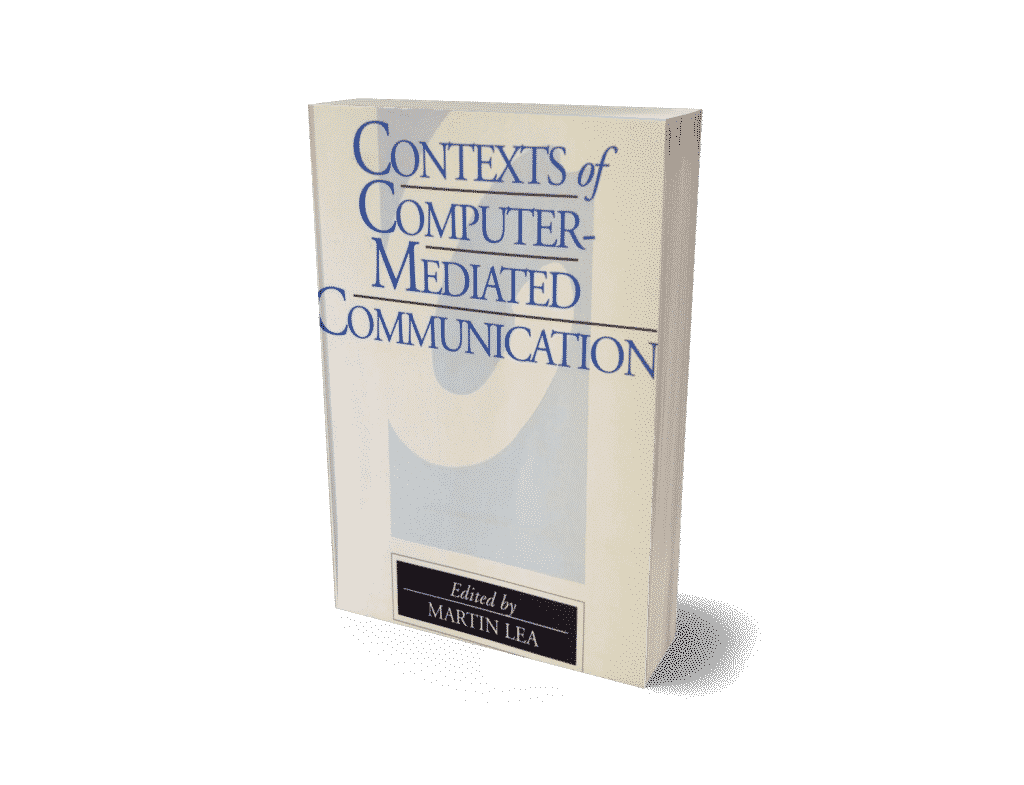Edited by Martin Lea

In 1992, just after commercial restrictions were lifted on what then became the Internet, and at the dawn of the World Wide Web, I published the book Contexts of Computer-Mediated Communication, which brought together the writings of some of the key researchers in the new field of computer-mediated communication.
The book combines theoretical analyses of computer-mediated communication with discussion of its various forms and applications including electronic mail, videotex, bulletin boards, video conferencing, and groupware systems.. By focusing primarily on the dynamic reciprocal relationship between computer-mediated communication and the social, organizational and political contexts in which it takes place, the book challenges deterministic views of the impacts of new communication media on work, education and social relations.
Computer-mediated communication processes and outcomes in particular areas such as group decision-making, organizational communication and social interaction are examined from this social perspective. In addition, social, political and economic influences on the supply and consumption of CMC systems are discussed alongside some of the issues and approaches to representing context in system design.
Contributions are included from social psychology, sociology, communication studies, policy research, organizational and business studies, and computer and information science.
What strikes me over twenty years since the publication of the book is how very relevant many of the analyses and discussions are today despite massive changes in technologies, the emergence of Web 2.0, and the ubiquitous use of computer-mediated communication on a global scale by an evermore Internet-savvy public.
Includes chapters by Roxanne Hiltz, Ron Rice, Steve Acker, Janet Fulk, Kim Matheson, Ian Miles, Andrew Feenberg, Russell Spears and Martin Lea.
Contents
Introduction: Re-contextualizing computer-mediated communication – Martin Lea
- The dynamics of context-behaviour interactions in computer-mediated communication – Janet Fulk, Joseph A. Schmitz, Deanna Schwarz
- Social influence and the influence of the ‘social’ in computer-mediated communication – Russell Spears, Martin Lea
- Women and computer technology: communicating for herself – Kimberly Matheson
- ‘Flaming’ in computer-mediated communication: observations, explanations, implications – Martin Lea, Tim O’Shea, Pat Fung, Russell Spears
- Contexts of research on organizational computer-mediated communication: a recursive review – Ronald E. Rice
- When mediation is the message: how suppliers envisage new markets Ian Miles
- From information to communication: the French experience with videotex – Andrew Feenberg
- Constructing and evaluating a virtual classroom – Starr Roxanne Hiltz
- The storyteller’s toolkit: designing hypermedia group use knowledge systems – Stephen R. Acker
- The politics of formalism – John Bowers

